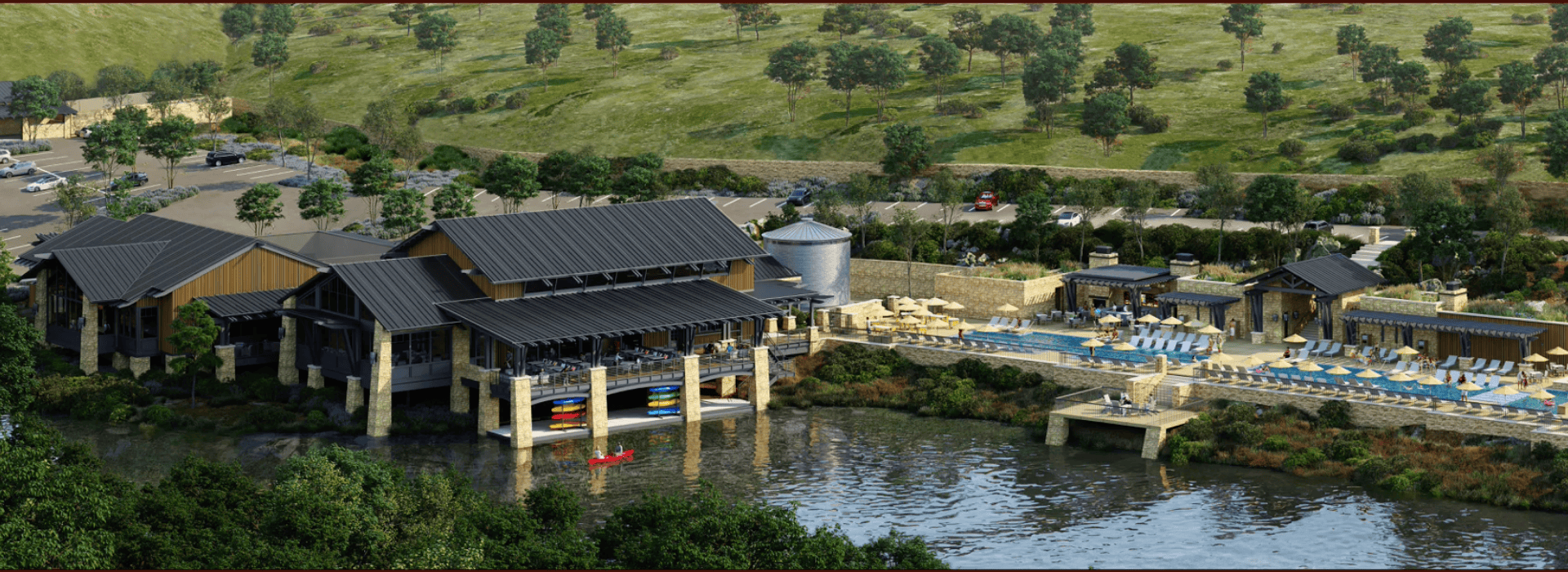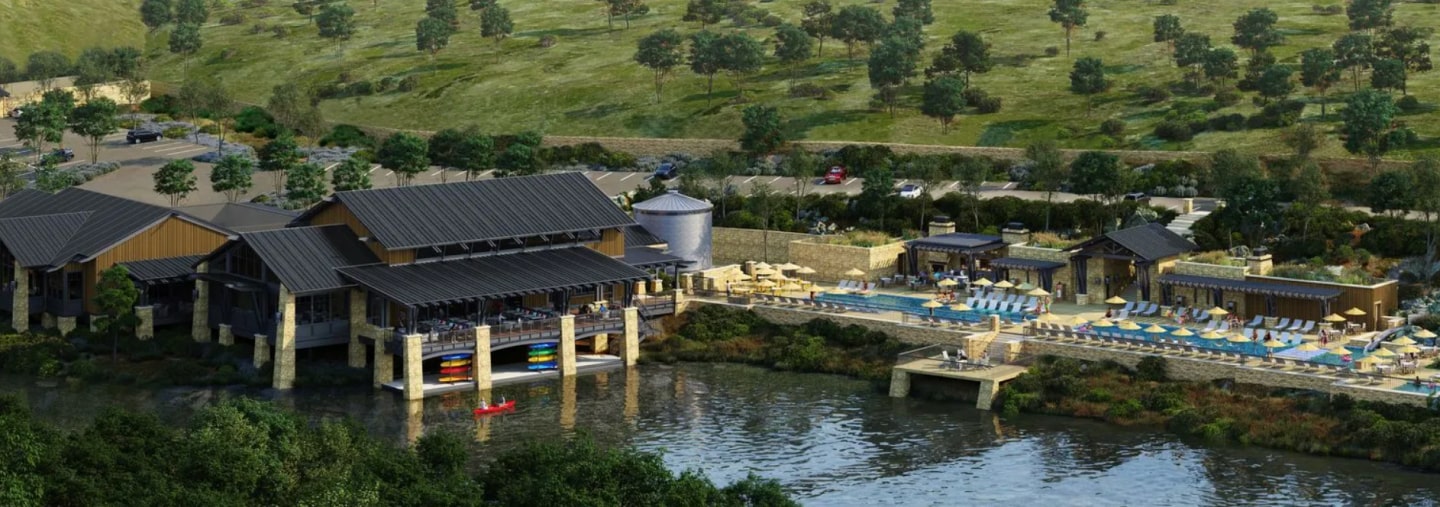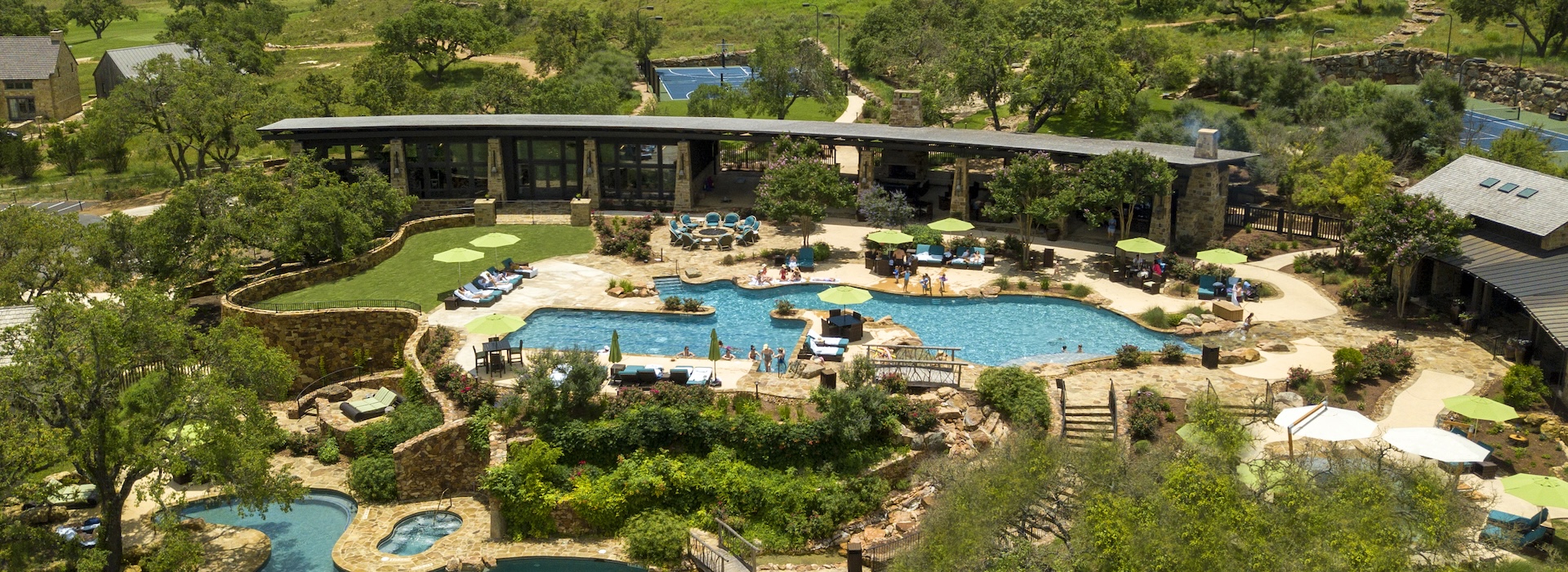A spectacular garden in the Clubhouse Circle attracts a flurry of Monarchs and bees all summer long.
Texas leads the nation in many categories. One you might not know about is butterflies. Home to 432 different species, Texas has more types of butterflies than any other state.
If you’d like to attract more butterflies to your yard, you might follow the lead of Boot Ranch landscape manager Brian Deford. In refreshing the plantings around the Clubhouse Village this spring, Brian set out to make “a show stopper” of a pollinator garden that attracts butterflies, bees and hummingbirds to the Clubhouse Circle where members could readily enjoy them.
First, he selected areas where plants would be bathed in full sun, with partial shade. The most visible of those spots is directly across from the entrance to the Clubhouse.
Then he picked native, perennial plants that are known for being pollinator magnets. The star of his show is Greggs mistflower, which bears lavender and blue petals. Brian says this plant “made a night-and-day difference” in attracting butterflies.
His second pick was salvia Indigo Spires, which grow to about 36 inches and have long blue cone flowers. To these he added Mexican bush sage, which is similar in appearance to the Indigo Spires, but has purple flowers. Rosemary and Texas sage will be added in the future.
The success of his initial efforts were readily apparent in a recent stroll across the Clubhouse Circle. Scores of Monarch butterflies fluttered over the mistflowers, feasting on the petals’ nectar. Meanwhile, yellow bumble bees buzzed across the salvia and bush sage, gathering nectar from those plants.
Small trees also play a supporting role in creating Brian’s pollinator paradise. He’s been planting crape myrtles, Mexican plums and vitex trees around the Clubhouse Village.
So far, Brian has focused primarily on attracting butterflies and bees. He plans, too, to make the area more attractive to hummingbirds. But the harsh, dry Texas summer is not a time for additional plantings. That will have to wait until autumn and next spring.
Stay tuned.




